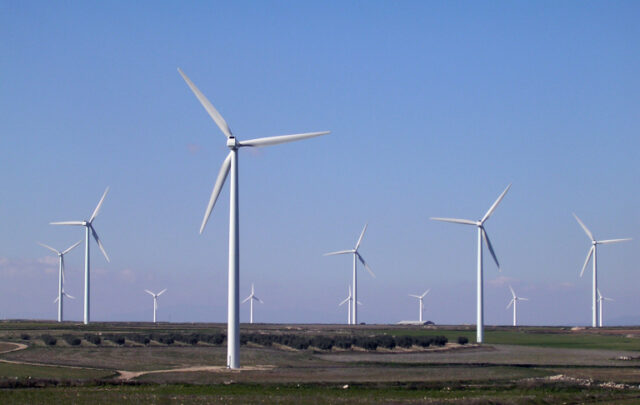While waiting to see how much damage this week’s hurricane will do, it is a good time to review recent developments in the world’s petroleum and economic situations for their relevance to peak oil.
Should it look as if the current hurricane is going to tear up the Gulf oil fields and the coastal refineries, it might not be a bad time to go out and fill your tank for U.S. gasoline stocks are unusually low. Any supply or refining disruptions in the next week or so have a good chance of resulting in spot shortages of gasoline.
These shortages in turn just might lead to the fabled “run of the pumps” in which 230 million drivers rush to their gas stations and start topping off tanks. In a matter of hours millions and millions of gallons would be transferred into consumer’s tanks and it likely would take weeks to sort out the ensuing mess. At a minimum it would give those people running for President or Congress in November something to talk about. If it happens, it will be fascinating to watch.
Even if this year’s hurricanes once again miss the oil patch, there will be enough else going on this fall that bears watching. With the Olympics winding down (the Para Olympics run until 17 September), China will soon be getting back to normal. Factories will reopen, trucks will start to roll, and Beijing’s economy supposedly will return to its accustomed ten percent annual growth accompanied by a five percent annual increase in oil consumption.
Or will it?
So far this year, China has endured crippling snow storms, a massive earthquake and a no-holds-barred effort to put on the most successful, expensive, and flawless Olympiad in world history.
All this took a lot of oil and, through June, China imported oil products like there was no tomorrow. Imports underwent a substantial drop in July and August, however, when a not inconsequential piece of China’s economy shut down in order to hold down air pollution during the Olympics.
China’s massive jump in imports likely had a lot to do with the rapid run-up of oil prices this spring and their equally precipitous drop when Beijing cut imports in July. Where China’s economy and oil imports goes from here is the question of the hour.
The Chinese frequently and firmly announce that their economic engine has become so large and powerful that it no longer matters what happens in the U.S. and European economies. China’s domestic market coupled with those of the rich oil-exporting states will be enough to sustain rapid economic growth. However, as economic difficulties in the U.S. and other OECD countries continue to grow, many are starting to doubt Beijing’s claim that it is now immune from the world economy.
China is currently undergoing the worst electricity shortage in recent years due to inadequate coal production. Coal exports have already been restricted and seem likely to be halted altogether if the shortages get worse. This in turn will lead to much higher world coal prices and shortages across Asia and Europe as consumers lose access to Chinese coal.
Some believe China’s economy, along with much of the world, is headed to a severe downturn that will slow economic growth and demand for oil. Others suspect that, at least for a while, China may once again step up oil imports to compensate for inadequate coal production. There obviously is too much going on here to make a responsible forecast as to how all this is going to sort out, but the course of world oil prices and demand over the next year or so depends on the answer.
The major unknown for the rest of the year is the course of the world’s economy. While some optimistically foresee a slump lasting only a few quarters, more are talking about major dislocations to the world’s financial structure that could reverberate for years. We are already starting to see that the lack of energy resources is causing serious problems across the sub-continent of Asia where electricity shortages and production cutbacks are endemic. As these problems are caused by inadequate rain, coal, oil, and natural gas, it is unlikely that much can or will be done about them in the near future.
In the meantime, the geological peaking of world oil production is coming along right on schedule. Last week the Mexicans announced a major drop in output from their flagship Cantarell oil field. Russian production is stagnant and world exports are slowly starting to fall. Unless a major economic crash intervenes to muddy the waters, it should soon be obvious to all but the most biased observers that world oil production will peak within the next few years.
There is a world wide race going to between contracting economies and world oil production, the score of which will be kept in the price of oil. In the last few months OPEC production has increased a bit due to a more stable Iraq, increased Saudi production and scattered increases elsewhere. However, we are likely getting close to the last feasible increase in world oil production. Some OPEC members are already muttering that they deserve prices closer to $150 a barrel than $100 for their oil and hinting that if prices fall much further there will be production cuts.
Those who follow the status of new oil production projects say that if demand holds up, we might see some increases in production for another 24 to 36 months, but then depletion of existing fields will overtake production from new projects, shortages will develop, and prices will rise precipitously.
Starting with the current hurricane, it is going to be an interesting ride.






